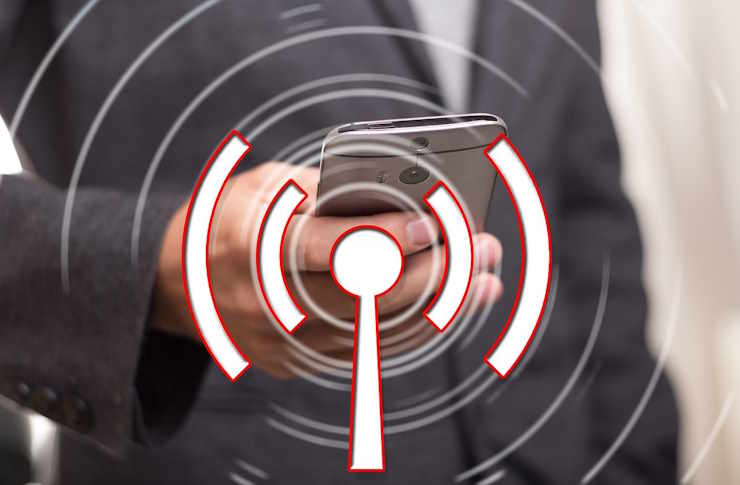Sonic Bonding: The Rise of Silent Disco Culture
Imagine a sea of people dancing in perfect synchronicity, yet the room is eerily quiet. Each person moves to their own beat, connected by wireless headphones and a shared experience. This is the world of silent discos, a growing phenomenon that's redefining nightlife and social gatherings. From music festivals to corporate events, silent discos are revolutionizing how we interact and celebrate. Read below to explore the fascinating evolution and impact of this unique cultural trend.

The first major silent disco event took place at the Glastonbury Festival in 2005, marking a turning point in its popularity. Since then, the phenomenon has spread globally, adapting to various settings and cultural contexts. Today, silent discos are not just a novelty but a staple of the modern entertainment landscape.
The Technology Behind the Silence
At the heart of silent disco technology are wireless headphones and multi-channel transmitters. Participants receive headphones upon entry, which are typically equipped with a channel selector and volume control. DJs or music sources broadcast on different channels, allowing attendees to switch between various music styles or performances at will.
This technological setup offers several advantages. It eliminates noise pollution, allows for multiple music genres to coexist in the same space, and provides a unique, immersive experience for participants. The technology has evolved to include smartphone apps and Bluetooth connectivity, further expanding the possibilities of silent disco events.
Social Dynamics and Psychological Impact
Silent discos create a fascinating social environment that challenges traditional notions of shared experiences. On one hand, participants are physically present and visually connected, dancing together in the same space. On the other, each person is in their own auditory bubble, potentially listening to entirely different music.
This duality has intriguing psychological effects. Studies have shown that silent discos can reduce social anxiety for some participants, as the headphones provide a sense of privacy and control. The ability to adjust volume or switch channels allows individuals to tailor their experience, making the event more inclusive for those who might find traditional nightclubs overwhelming.
Moreover, the silent nature of these events encourages non-verbal communication and heightens visual awareness. Participants often report feeling more connected to their body movements and those of others around them, leading to a unique form of social bonding.
Cultural Impact and Diverse Applications
Silent discos have transcended their origins in music festivals and nightclubs to find applications in various cultural and social contexts. Libraries and museums have embraced the concept for after-hours events, allowing patrons to dance and socialize without disturbing the quiet atmosphere or delicate exhibits.
In healthcare settings, silent discos have been used therapeutically, particularly for patients with dementia. The familiar music and communal atmosphere can stimulate memory and improve mood, while the headphones help manage noise levels in care facilities.
Educational institutions have also adopted silent disco technology for innovative learning experiences. Language schools use multi-channel systems for simultaneous translation during lectures, while some universities host silent study sessions where students can choose between music or study materials.
The Future of Silent Socializing
As silent disco culture continues to evolve, it raises intriguing questions about the future of social interaction and entertainment. Will we see more hybrid events that blend silent and traditional experiences? How might this technology integrate with virtual and augmented reality to create new forms of shared experiences?
The COVID-19 pandemic has accelerated interest in silent discos as a safer alternative to traditional events, highlighting their potential in a world increasingly concerned with personal space and hygiene. As we move forward, silent discos may play a significant role in reshaping our approach to communal gatherings, offering a unique blend of individual choice and collective experience.
In conclusion, silent disco culture represents more than just a trend in nightlife entertainment. It’s a testament to our adaptability as social beings and our ongoing quest for new ways to connect and express ourselves. As technology continues to advance and social norms evolve, the silent disco phenomenon stands as a fascinating example of how we can find harmony in silence and unity in individual experiences.





